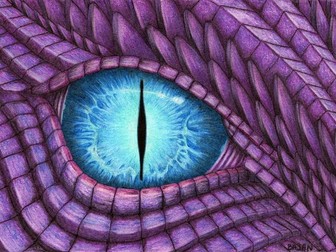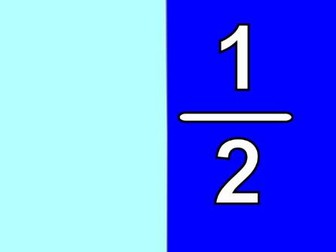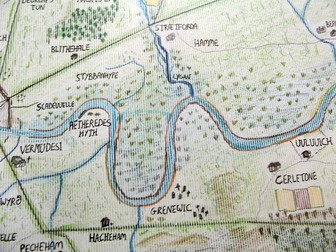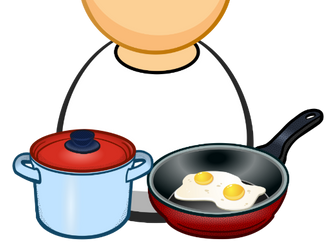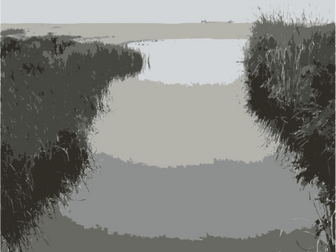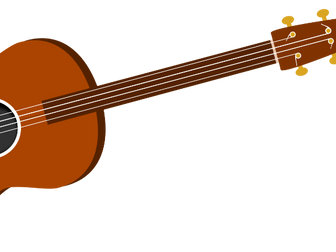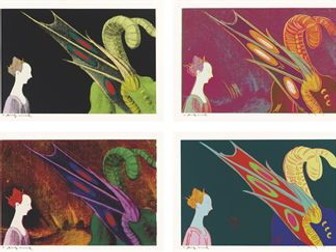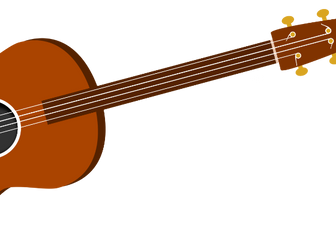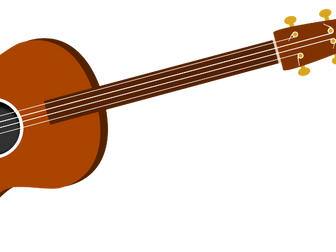Dragon Eye Design Project
If you are studying dragons in conjunction with any subject, this is your perfect Art lesson to go along side! <br />
Children start with A3/A4 paper. They draw an eye outline covering most of their page and place a dragon pupil, made from black card, inside it. Children who require more support my need the eye outline drawn for them. They then create a design inside the eye, which could be anything! Try to stick to a dragon theme i.e. castles, fire... Finally, the children will create dragons scales. They will use only two colours, but they will experiment with tones, creating lighter and darker scales to surround the eye.
